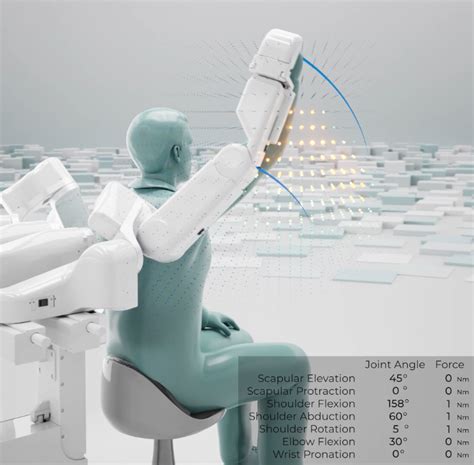
moving patient rehabilitation forward harmonic bionics
Introduction to Harmonic Bionics Harmonic Bionics is a pioneering company in the field of patient rehabilitation, offering innovative solutions to help individuals recover from various[…]
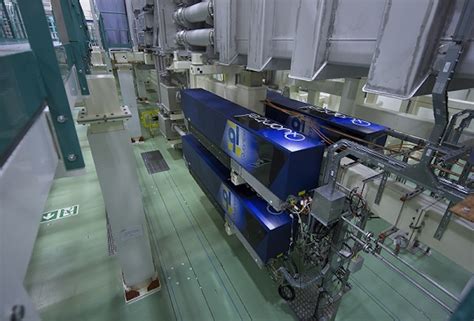
pushing limits electronics design quantel laser
Introduction to Quantel Lasers Quantel is a leading manufacturer of high-performance laser systems for scientific, industrial, and medical applications. Founded in 1970, the company has[…]

robots help neighborhood crime watch
The Rise of Robo-Watchdogs The concept of using robots for neighborhood surveillance first gained traction in the mid-2010s. As advances in robotics, computer vision, and[…]

sea changes bluefin robotics and altium
Introduction to Bluefin Robotics and Altium Bluefin Robotics, a leading manufacturer of autonomous underwater vehicles (AUVs), has recently partnered with Altium, a global leader in[…]
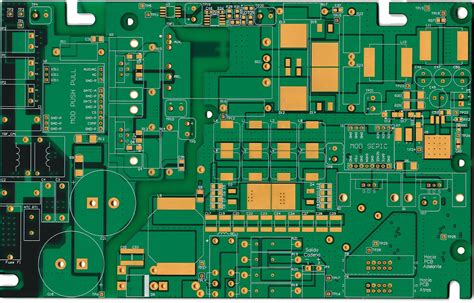
smart pcb design solutions kinetic vision and altium 365
Introduction to PCB Design Printed Circuit Board (PCB) design is a crucial aspect of modern electronics manufacturing. It involves the creation of a layout that[…]

Solder Bridge: An Unwanted Solder Connection Between Two Pads
What is a Solder Bridge? A solder bridge, also known as a solder short, is an unintentional connection between two or more solder pads on[…]
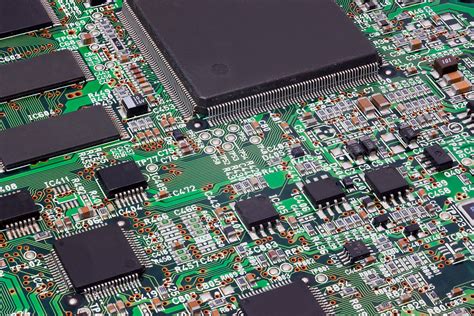
PCB Assembly–What Should You Know About it?
What is PCB Assembly? PCB assembly is the process of mounting electronic components onto a printed circuit board. The components are placed on the board[…]
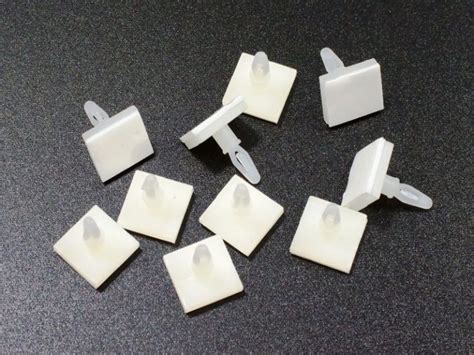
PCB Glue: Key Applications and Types
Table of Contents Introduction to PCB Adhesives Key Applications of PCB Glue Component Bonding Conformal Coating Encapsulation and Potting Thermal Management Types of PCB Adhesives[…]
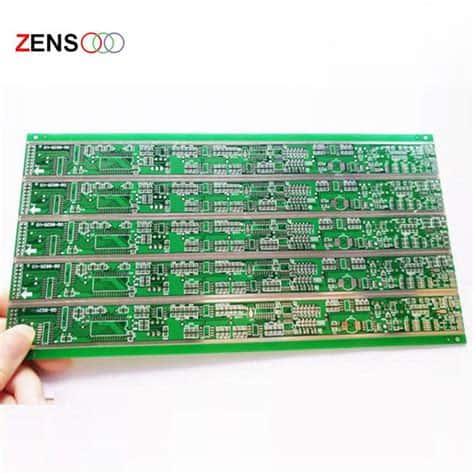
7 Steps to Help You Learn How to design a Digital Thermometer PCB
Step 1: Choose Your Temperature Sensor The first step in designing your PCB thermometer is selecting an appropriate temperature sensor. There are several types of[…]
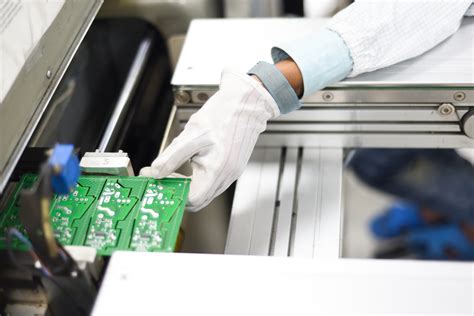
bom management tools for pcb manufacturing
What is a BOM in PCB Manufacturing? A bill of materials (BOM) is a comprehensive list of all the components, parts, and materials required to[…]